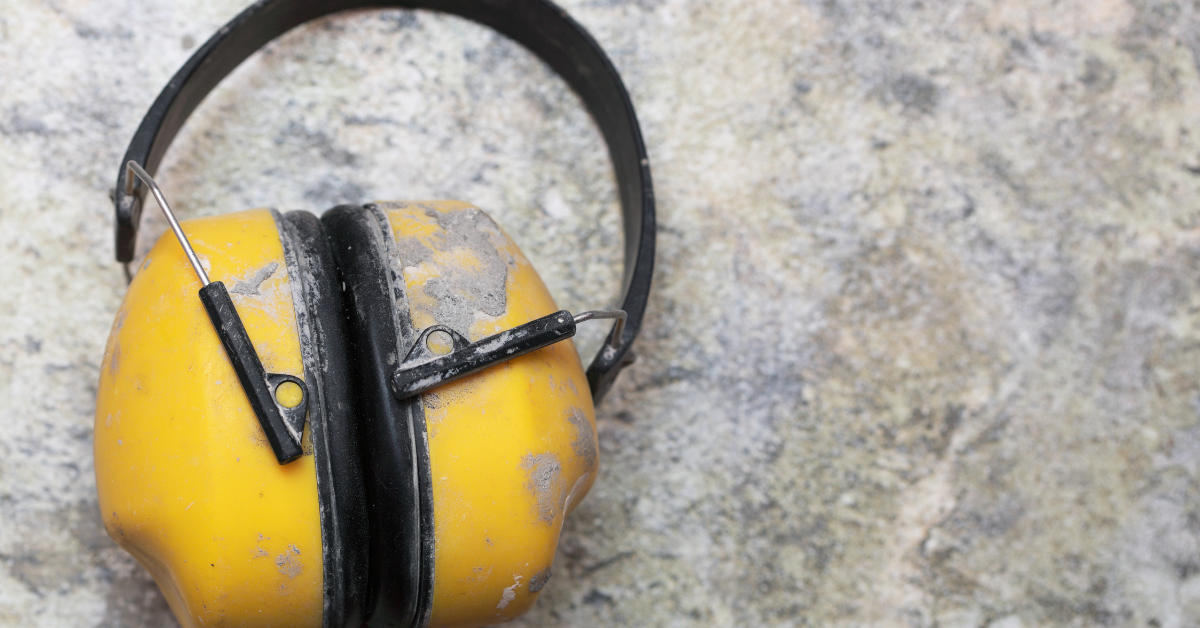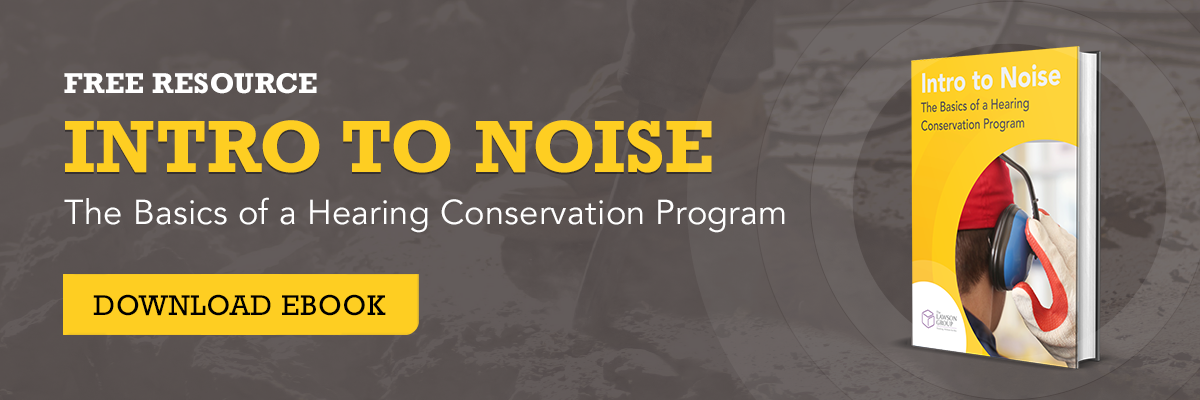What kind of noise annoys an oyster? Say that five times fast! OSHA has been busy conducting inspections in the last year and also increasing the dollar amount of the penalties they assess. The word is they also are less forgiving in negotiating reductions in penalties.
OSHA is Getting Real
One OSHA inspection we were notified of that bears significant interest is a sawmill where the total penalty the company was assessed was $293,000. Of that amount, $202,500 was for a handful of violations that the company had been cited for previously and either failed to correct or correct properly.
There were a few machine guards removed but the bulk of the penalties was for lack of proper lockout-tagout procedures and for NOT conducting audiograms (hearing tests) on workers exposed to noise. To avoid serious penalties for noise exposure not properly dealt with, read on.
OSHA Noise Standards
OSHA reissued its noise standard around 1980 and it became known as the “Hearing Conservation Standard."
The objective is to determine what levels of noise employees are exposed to and then to develop a Hearing Conservation Program around them to train and educate them, provide them with proper types of hearing protection, and test their hearing on an annual basis to make sure it is not being affected.
The OSHA standard is more comprehensive than this but these are the key points of the standard (law). A huge point of contention centers around how people get placed into a Hearing Conservation program in the first place.
Many companies rely on, in some cases, decades-old tests to determine areas where employees are exposed to “too much noise.”
Tools to Monitor Noise Exposure
Other companies use the provider of their audiometric testing to tell them who needs to be included in the program. Still, others just designate areas of their company where it “sounds too loud” as areas where people need to be included in the program.
There can be problems with all of these that can get you in a bind with OSHA.
Unless a worker is exposed to the exact same level of noise for a significant part of their workday, it is almost impossible for an untrained person to determine by using a sound level meter how much noise that person is exposed to.
For people with varied tasks, who are in and out of different noisy areas during their workday, the only good way to get an accurate assessment of their noise exposure is through the use of a noise dosimeter.
Sound Level Meter vs. Noise Dosimeter
A sound level meter will measure what the noise level is right now, at this moment, in this place.
If the person you want to assess moves around, the measurement that the sound level meter takes will go up and down as that person moves from quiet to the noisy area and since the meter does not record the measurements it takes (in most cases), when you turn the meter off, there is no data saved.
Determining exposure with a sound level meter can be done but it takes a mathemetician with a stopwatch and a scientific calculator to get an accurate number.
Many people will walk past a worker and take a reading that is over 90 decibels and assume, in many cases incorrectly, that the worker is exposed to enough noise and that they must be included in a Hearing Conservation program.
In almost 40 years of performing noise assessments, I have found that the only consistently reliable method for collecting noise exposure data is a use noise dosimeter worn for as close to a full work shift as possible to get an accurate determination of worker exposure to noise.
In addition, the OSHA noise standard (1910.95(d)(1)(ii)) states, “When circumstances such as high worker mobility, significant variations in sound level, or a significant component of impulse noise make area monitoring generally inappropriate, the employer shall use representative personal sampling to comply with the monitoring requirements of this paragraph unless the employer can show that area sampling produces equivalent results" (i.e., call the mathematician).
Dosimeters cost in excess of $1,000 and more like $1,5000 compared to sound level meters that can be bought for under $500. It takes a full 8 hours to measure one person with one noise dosimeter whereas someone can walk through a plant in a much shorter time with a sound level meter.
Making Noise Monitoring Work for You
Clearly, it can be a lot less expensive to take noise readings with a sound level meter but unless that person is highly trained at interpreting the data it could be way off.
Typically, sound levels miss some people who should be included in a program and significantly overestimate the number of people that need to be included, costing a lot more in the long run to conduct audiograms every year.
In addition, if you can not prove the actual exposure to noise while in your employ and a worker suffers a hearing loss from hunting or racing motorcycles, it is much harder to defend yourself in the face of a workers’ comp claim.
Lastly, the OSHA Hearing Conservation Standard calls for retesting every time there is a change in noise levels due to job assignment or equipment changes that may affect the overall exposure, and the only way to accurately measure that is through the use of noise dosimeters.
The standard says, “Monitoring shall be repeated whenever a change in production, process, equipment or controls increases noise exposure to the extent that: Additional employees may be exposed at or above the action level or the attenuation provided by hearing protectors being used by employees may be rendered inadequate to meet the requirements of the standard."
Put a Hearing Conservation Program in Place Today
Companies are required to determine who is exposed to noise above 85 dBa averaged over their workday and include them in a proper Hearing Conservation Program.
An effective Hearing Conservation Program should include, among many other things, accurate exposure monitoring, conducted to determine who must participate in the program and that testing needs to be conducted regularly when conditions have changed (one Appendix to the standard suggests yearly or every other year) to determine who else needs to be included in the program and who also may be removed.
For more information or any questions, contact The Lawson Group.








